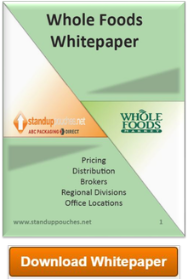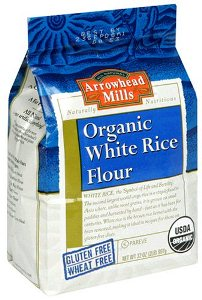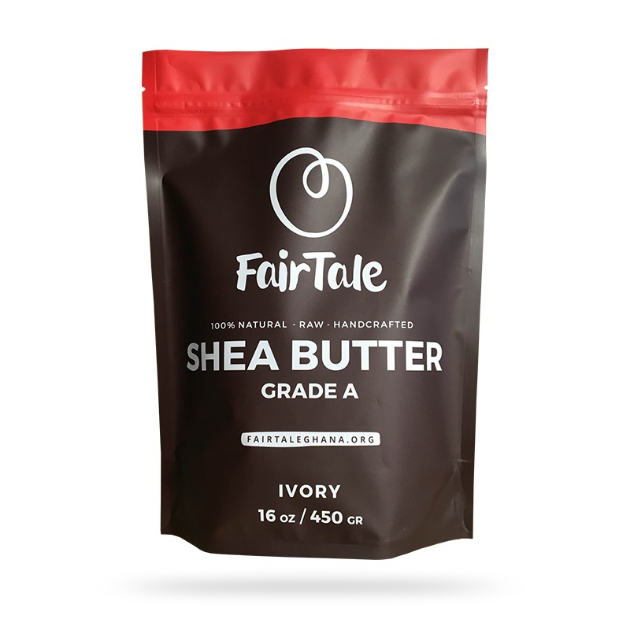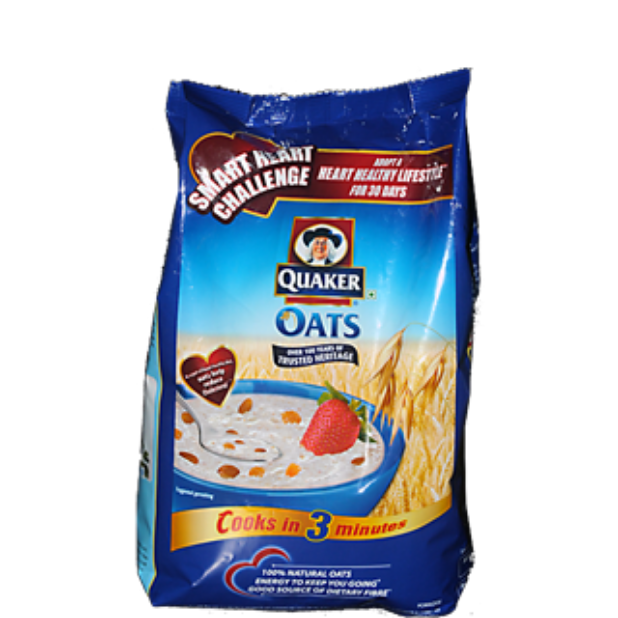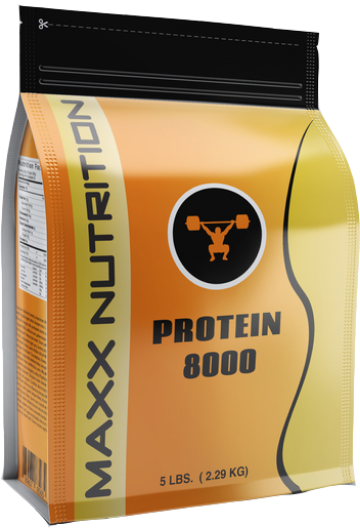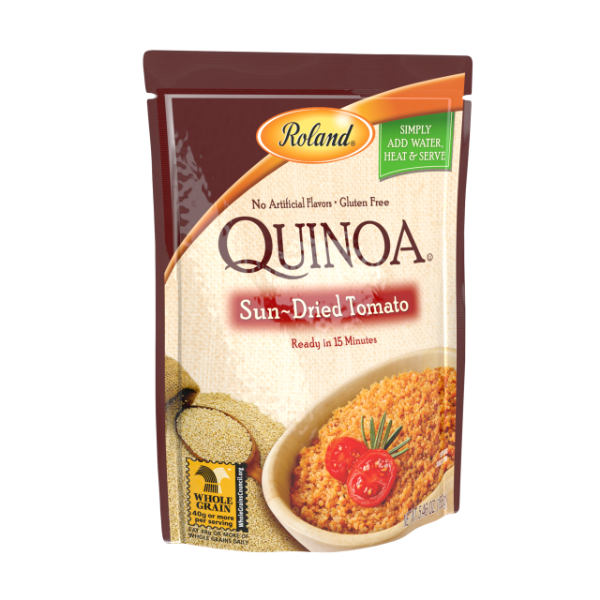 Branding food products and being in the retail industry is brutal, end of story. Not can be, not sometimes…it is hard work and not for the faint of heart. Over the 30+ years we’ve been in flexible retail packaging business, we’ve seen great products and companies get run over because they didn’t have their costs and pricing right. Whether the cost of their ingredients spiraled out of control or they didn’t have the per piece price correct or frankly didn’t make enough profit to keep “the lights on” this story plays out on retail store shelves every single year.
Branding food products and being in the retail industry is brutal, end of story. Not can be, not sometimes…it is hard work and not for the faint of heart. Over the 30+ years we’ve been in flexible retail packaging business, we’ve seen great products and companies get run over because they didn’t have their costs and pricing right. Whether the cost of their ingredients spiraled out of control or they didn’t have the per piece price correct or frankly didn’t make enough profit to keep “the lights on” this story plays out on retail store shelves every single year.
It doesn’t matter what segment of the retail market your food product is sold, they all have their advantages and disadvantages and their fair share of companies that went bust before they had a chance to flourish.
Here are the main retail segments I am referring to:
Over the past 5 years I’ve seen a very interesting trend that started with the largest companies and now could and should be something to consider if you are looking for a significant boost to your bottom line. Food companies historically have relied on co-packers for making their products…blending their spices, combining their ingredients and then packaging these items and shipping them as needed.
I’ve written extensively on flexible retail packaging and how it is one of the most cost effective ways for branding food while protecting the contents. However, I was shocked to find out how many companies just defer and let their co-packers handle everything. The co-packers often design the packaging such as flat barrier bags, stand up pouches, etc and then resell it along with their filling and shipping services. Let me be clear, this isn’t a “pass-thru” situation where they are doing this for free; co-packers are making an extra 25-30% (sometimes more) just for providing YOUR packaging!
Last year we were asked to quote some printed stand up pouches for a food item. We were fortunate to have been brought into this situation because the main company (our customer) had been under intense pressure for cost reductions and they were open to all options. They shared that their co-packer was charging them $.21 cents per stand up pouch and our cost to them was $.068 each. That’s a HUGE difference of $.142 cents each bag. Why in the world would they be buying their packaging directly from their co-packer and assume that they were getting the best value?
Here are some of the reasons we’ve heard recently why some companies haven’t considered this option and some of our comments for your review:
1. We don’t know what type of packaging materials we need
2. Our co-packer has the equipment and won’t tell us what to provide to them
a. You might want to explore other co-packers. Co-packers work for you, not the other way around and should be very open with what is needed to protect and package your product.
3. That’s just the way things have always been here
4. We don’t know what style of packaging to get or what is available
5. We don’t have our own graphics department
6. We have to buy a lot of volume
a. This is nonsense and is often something people say as a “last resort” to try to keep control of their margins. The right packaging partner will have options that will best fit your situation and again will have your best interests in mind, not theirs.
In closing, I cannot emphasize this enough that there is a huge opportunity to handle your own flexible retail packaging and have more control and efficiency with considerably higher profit margins that go to your bottom line, not your co-packers. Consider reaching out to a packaging partner for help and guidance. Remember, it’s your product, package it properly.

